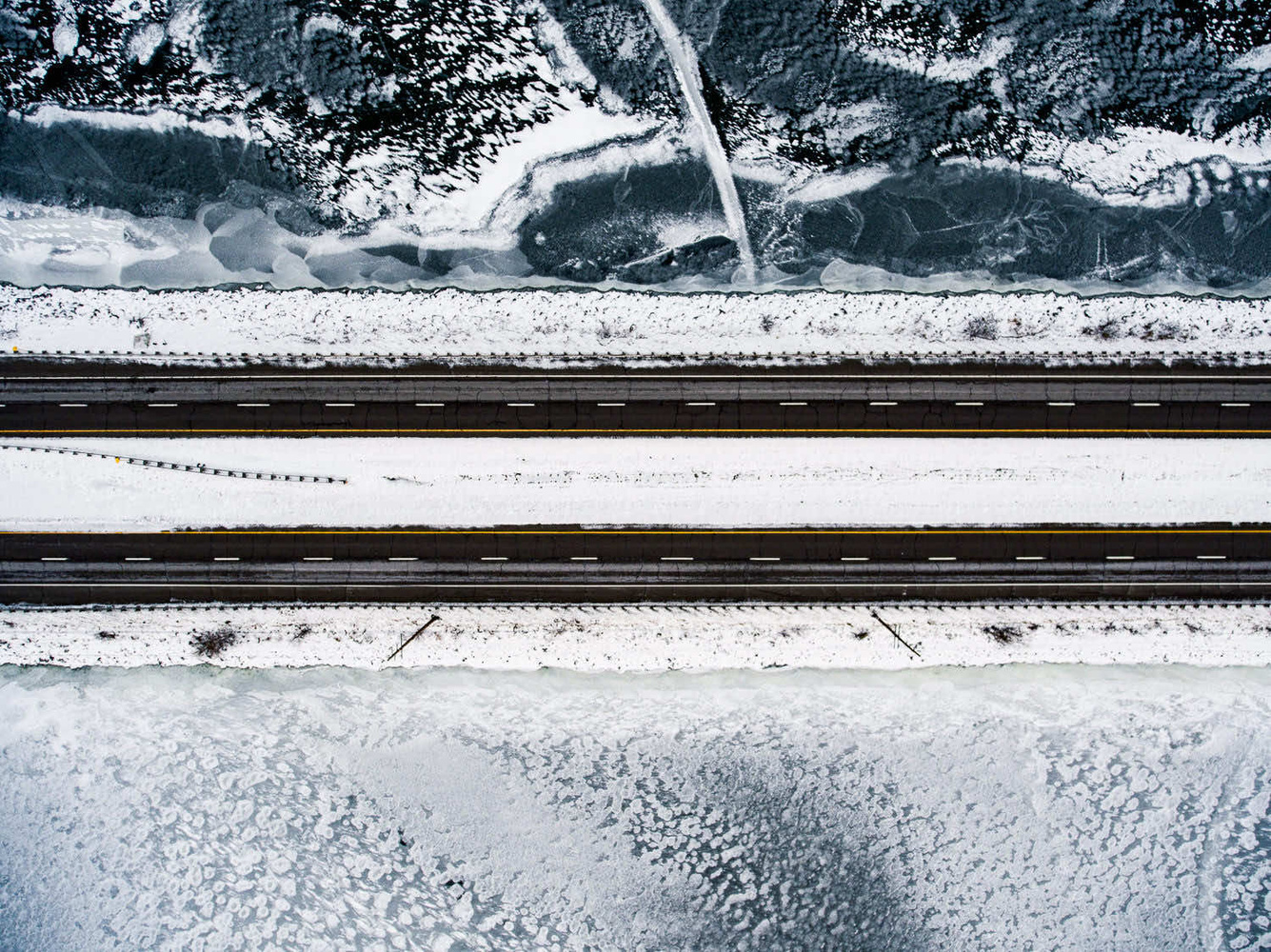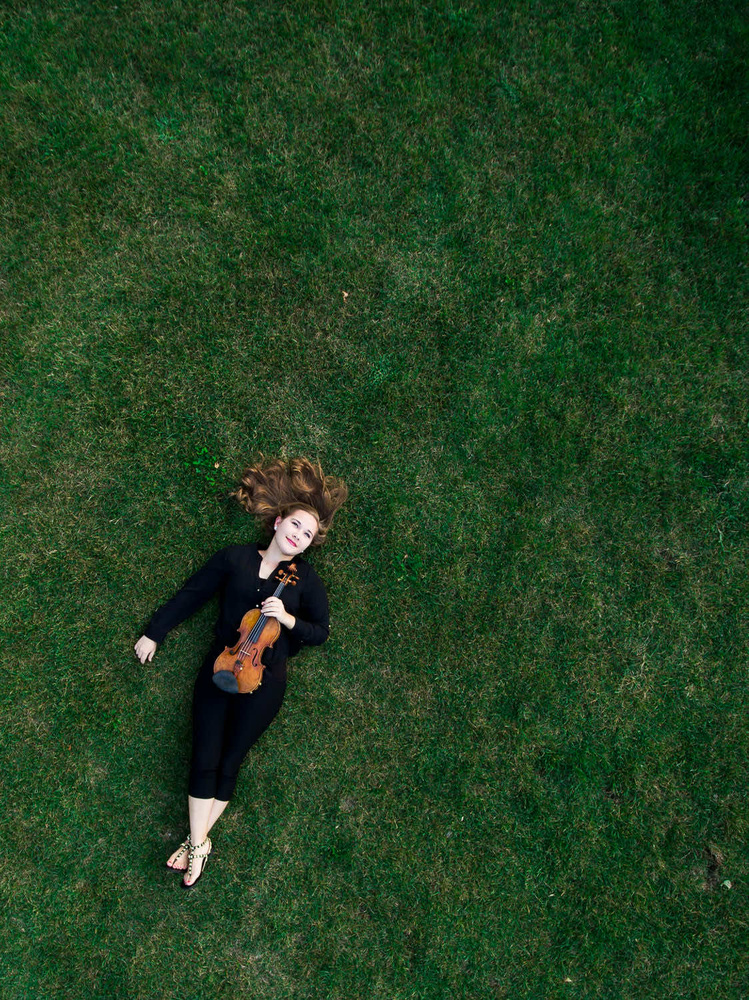Camera companies know how to sell dreams. Every press release is packed with bigger numbers, faster speeds, and dramatic leaps in technical capabilities. On spec sheets, today’s cameras look like science fiction compared to models from just a decade ago. But not every shiny number translates into real-world value.
1. Ridiculous Megapixel Counts
For years, megapixels have been the marketing gold standard. The higher the number, the better the camera, or so the advertising suggests. And sure, resolution matters up to a point. If you’re shooting fine art prints at massive sizes or detailed commercial work that demands heavy cropping, megapixels buy you flexibility. But for the majority of professional use cases, anything beyond 36 MP is more liability than advantage.
The problem begins with file sizes. A 60 MP raw file can weigh in at 70–80 MB. Multiply that by a thousand images from an event or commercial shoot, and you’re choking storage drives in a single day. Editing slows to a crawl because every adjustment has to process monstrous files, and backup times balloon. Suddenly, the upgrade you thought would make you “future-proof” is actively slowing your workflow. You don’t just need a new camera; you need faster cards, bigger drives, and a more powerful computer to keep up.

Even clients rarely notice. Wedding albums, magazine spreads, corporate headshots, social media campaigns—none of these require 60 MP. A clean, well-exposed 24 MP file more than covers them. The pursuit of extreme megapixel counts is less about meeting professional needs and more about giving consumers a big number to brag about. Unless you’re a niche commercial shooter or a wildlife photographer or sports photographer who needs lots of cropping latitude, you’ll likely find yourself downsizing files constantly just to keep your workflow sane.
Megapixels beyond 36 aren’t a universal upgrade. They’re a tax on storage, time, and optics. Don’t fall for the trap unless your actual deliverables demand it.
2. ISO 102,400 and Beyond
Every new flagship loves to brag about its maximum ISO: 204,800, 409,600, sometimes even “expandable to over a million.” These numbers sound heroic, like your camera could shoot clean files in a cave at midnight. But in practice, the bragging rights are meaningless. Professional-quality files rarely hold up beyond ISO 12,800, maybe 25,600 on the very best modern sensors. Everything above that is more science experiment than usable setting.
High ISO performance has improved massively over the past decade, no question. Being able to shoot ISO 6,400 cleanly was unthinkable in the DSLR era, and today, it’s routine. That’s progress worth celebrating. But the idea that ISO 409,600 is a meaningful feature is a marketing illusion. At those levels, files are filled with color blotches, banding, crushed shadows, and clipped highlights. Skin tones disintegrate, dynamic range collapses, and even heavy noise reduction can’t rescue them.
The bigger problem is the false sense of security these numbers create. Photographers new to the craft see a spec sheet boasting and assume it’s something they can lean on. They push their cameras into ridiculous settings and then wonder why their files look like watercolor paintings. In reality, professionals solve low-light problems with fast glass, tripods, off-camera flash, or better planning, not by cranking ISO into unusable territory.
ISO ranges beyond 25,600 are mostly marketing theater. Use them if you’re desperate to prove a point on YouTube, but don’t expect them to save real client work.
3. 40 FPS Bursts
The ability to shoot 40 frames per second sounds incredible. Sports photographers and wildlife shooters must be thrilled, right? In practice, it’s often more curse than blessing. While high burst rates have their place, most professionals quickly learn that more frames don’t equal more keepers. They equal more culling, more card space wasted, and more time lost in post.
Timing has always been the essence of photography. Anticipating the decisive moment—the swing of a bat, the lift of a veil, the jump of a dancer—used to be a matter of skill and reflex. With 40 fps, it’s tempting to offload that responsibility to the camera, holding the shutter and hoping one of the hundreds of frames hits the peak. The irony is that the flood of near-duplicates makes it harder to identify the real gem later. You’re not getting better at timing; you’re outsourcing it and burying yourself in files.

Clients don’t care if you shot their moment at 40 fps or 5 fps. They care that you delivered the image that matters. Professionals know that skill, anticipation, and control beat blind volume every time. A carefully timed 10 fps burst used strategically is more effective than endless rattle at 40 fps. One of the best sports photographers I've ever known actually turned down the burst rates of all his cameras. 40 fps bursts look impressive in demos but create more problems than solutions. Use bursts wisely, but don’t let speed replace skill.
4. 8K Video
Few specs make as much noise as 8K. It sounds futuristic, cinematic, and unstoppable. In reality, it’s overkill for almost every professional outside niche cinema production. Most clients don’t even request 4K deliverables, let alone 8K. Many social platforms still compress everything down so heavily that resolution advantages vanish completely. The gap between what spec sheets promise and what clients actually need has never been wider.
The problem starts with storage and editing. 8K files are enormous, eating through cards and drives at alarming rates. Editing requires top-tier machines with massive RAM, powerful GPUs, and endless patience. Even when you get the hardware right, playback stutters and export times drag. Suddenly, you’re spending more on workstations than you made from the project, all to deliver footage the client will never notice as “sharper.”
Heat and reliability are another issue. Many hybrid cameras that boast 8K recording can only sustain it for a short time before overheating. Professionals trying to shoot events or interviews can’t gamble on record limits. 8K becomes a feature you technically have but never trust, making it more of a liability than an asset.
Yes, 8K has its uses: reframing in post, pulling stills, or future-proofing high-end productions. But those use cases are rare, and most can be solved with 4K at higher bitrates instead. The emphasis on 8K feels less like responding to professional needs and more like chasing the next big number to outshine competitors.
5. Wi-Fi and Bluetooth File Transfer
On spec sheets, wireless file transfer looks like a dream. Shoot an image, beam it to your phone, send it to a client on the spot. Camera companies frame it as seamless, futuristic, and essential for modern workflows. In practice, it’s almost always more trouble than it’s worth. Pairing devices takes time, connections drop mid-transfer, speeds crawl, and entire setups feel unreliable compared to the humble card reader.

The second problem is reliability. Anyone who’s tried to transfer files mid-event knows the pain: connections drop without explanation, apps freeze, and you waste precious minutes fiddling with menus while the actual shoot is happening around you. Tethering works. Card readers work.
That’s not to say wireless has no place. It can be a niche tool when only a small preview is needed on the spot. And it can be a fantastic way to remotely control your camera. But as a headline feature, it’s wildly overhyped. Serious workflows still rely on fast, physical connections, because those are the ones that actually work when it matters.
Conclusion
The camera industry thrives on spectacle. Every new launch has to sound revolutionary, and the easiest way to do that is with bigger numbers and shinier promises. But in practice, many of those hyped specs do little to improve photography, and some make it worse. Professionals know that what matters isn’t the number on the brochure. It’s the reliability of the tool in the field. At the end of the day, cameras should serve the photographer, not impress shareholders.








Agree with all of your observations Alex. As a former sports photographer, I have never needed anything more than 10 frames per second and ISO 3200.
I like how you describe high ISO images as watercolour paintings. That's a good way to put it.
True for most amateurs and hobbyists, but as a professional sports photographer, there’s reason why they improve a lot of these features in every generation. The wifi connection is clutch for so many clients’ social media right now. I shot a game for a professional league where I was sending direct from 2 cameras to an FTP folder pinging off of my phone.